We're an affiliate
We hope you love the products we recommend! Just so you know, we may collect a share of sales or other compensation from the links on this page. Thank you if you use our links, we really appreciate it!
So you’re finally to the point in your camper van build where you get to choose your flooring material. Congrats! It was probably a long and difficult road to get to this point. Trust us, we understand.
Nadia was a commercial interior designer for 7 years, so she knows the pros and cons of flooring types by heart. For everyone else, we’ve got all the run down. There’s lots of flooring options to choose from. Properties to consider include:
- Durability : How will the flooring perform under the vigors of van life? How will it react to moisture?
- Weight and Height : We’re always trying to keep down the weight in all our van build decisions. How much height are you willing to give up?
- How it feels under foot : Is it warm / cool to the touch? Are you looking for some cushion? Does it offer some slip resistance?
- Cost : There are great inexpensive yet durable options out there! No need to break the bank.
- Appearance : What’s your style? Rustic? Modern? Warm or cool color tones?
First and foremost, we recommend checking your local community marketplace (ala Craigslist or Facebook Marketplace) for flooring options. The square footage of material needed for a van floor isn’t all that much, and may just match up with the overage from someone’s home project! This is a great opportunity to divert waste from the landfill, and probably save some money too.
Your final flooring will only be as beautiful as the subfloor underneath it! We’ve got the step-by-step on our sub-floor installation.
We’ve also got the step by step on our installation of vinyl plank flooring.
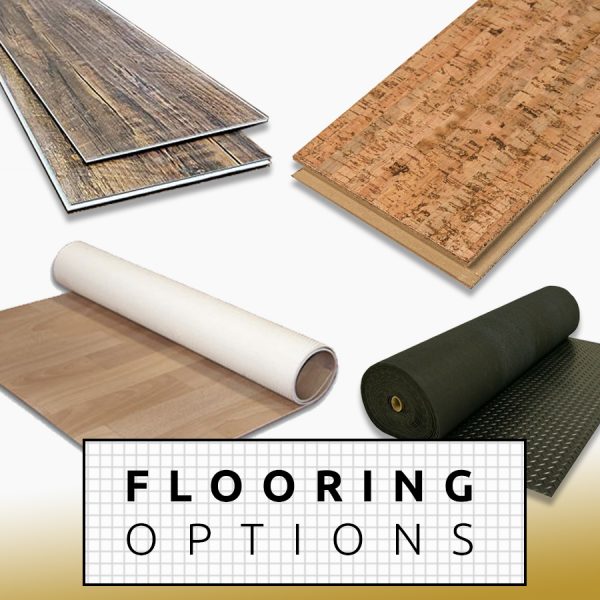
Our Van Floor Pick: Cork!
1. Cork Flooring | View at Home Depot →
We love the look and feel of cork flooring! Cork can be a soft material, but as flooring its solid and durable. And of all the options its the most sustainable and environmentally friendly. It also serves as thermal and sound insulation with an R-value per inch of 3, about double vinyl’s R-value.
Cork is definitely more expensive per square foot than vinyl. But given limited area in a van, it might not be much higher in total cost.
Cork can be purchased as sheets that you glue down or thicker tongue and groove style planks that snap together and float over your subfloor. Installation is a bit more involved that vinyl because the cork needs to be sealed. We would have installed cork if we didn’t already have left over luxury vinyl plank from our house.
Pros
Cons
SPECIAL GARAGE FLOOR SHOUT OUT
BalanceFoam Interlocking Foam Tiles
We used foam flooring in the garage storage area of our van. Looks aren’t as important there so it’s all about functionality and cost. It was easy to install, cheap, and lightweight. It’s pretty easy to wipe or vacuum. If we had rugged sharp gear it might be prone to tearing, but it’s just fine for our bouldering mats.
Types of Flooring for Camper Van Conversion
Floorings are ordered best to worst by their suitability for van life (in our opinion)
These Pros and Cons are intended to help you get a general understanding of each flooring type listed. There are always deviations depending on the product you’re choosing. Each manufacturer has their own technologies and quality controls. It’s wise to see the product in person and get a feel for it prior to purchasing. (If you want to support Van Converts, order any product online after clicking to Home Depot and we receive a commission at no additional cost to you).
2. Luxury Vinyl Plank (LVP) | View at Home Depot →
We had leftover LVP product from our home. We knew from having this product in our whole home (including the bathrooms) that it was a durable choice. And it has not let us down in the van! Still looks great, and is easy to clean.
Here’s our step by step installation of our LVP flooring.
Also called LVT (Luxury Vinyl Tile), this flooring type is all the rage right now for home projects due to its variety of wood look visuals, and fantastic performance. Click-lock options feature a tongue and groove style installation. This is ideal because they can be installed without adhesive, called a floating installation. They also keep moisture from seeping under the floor due to the tongue and groove seam. Some manufacturers will even claim their floor is suitable for bathrooms. And we lived with it in our bathrooms with no problems. It’s definitely water resistant enough for van life.
Standard LVP is floating and installs with a pretty simple click lock system. Besides floating, there are also peel and stick and glue down versions of LVP. We see no reason these are preferable to floating installation. They aren’t much easier to install, and they are a lot harder to uninstall.
When shopping you will want to check the “wear layer” which is the protective top layer on the material. The thicker the wear layer, the more durable (and more expensive) the LVP is.
Kevin meditating on our LVP
Pros
Cons
3. Sheet Vinyl | View at Home Depot →
Sheet Vinyl, as is evident in the name, comes in rolls of continuous vinyl, which you must trim to size and glue to the floor.
Pros
Cons
4. Rubber Flooring | View at Home Depot →
We used light-weight foam “gym mat” flooring for our garage area. We felt that was better than rubber due to the weight.
Pros
Cons
5. Marmoleum / Linoleum | View at Floor City →
Pros
Cons
6. Laminate Flooring | View at Home Depot →
Pros
Cons
7. Hardwood Flooring | View at Home Depot →
Pros
Cons
Sidenote: One creative flooring option we’ve seen is the use of recycled pallet wood. It’s a free resource if you know what alleys to scour, and means you’ve embraced a more rustic look anyhow. Just be sure to choose pallets that are stamped with “HT” for heat treated. This goes for all pallet projects, and will help you avoid pallets that have been treated with not so nice chemicals. Just understand that this route will be a lot of work, both in collecting, breaking down, and finishing the boards!
Carpet
Carpet is not an option that we would choose, simply because it can collect lots of dirt and debris, a staple of van life. If you’re planning to cook in your van, it also seems like a bad combination. However… to each their own! That said, we do love having a rug to cushion our feet, and add some warmth under our shoeless feet (our van is a shoe free household!). Having a small rug that we can shake out and clean has been great.
Ready for more info?
Visit the Van Conversion Build GuideWe sincerely hope this information is helpful on your build journey!
This post contains affiliate links that may earn us a commission if a product is purchased. But, we always strive for the reuse and repurpose of materials – so we encourage searching for a local used option before buying from our links.

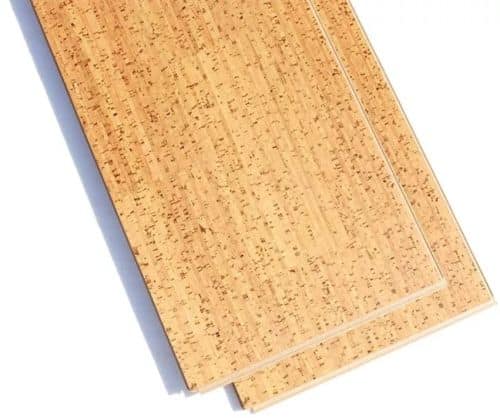
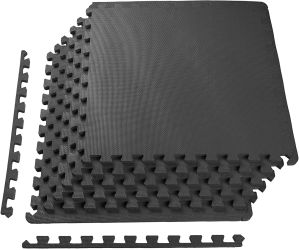
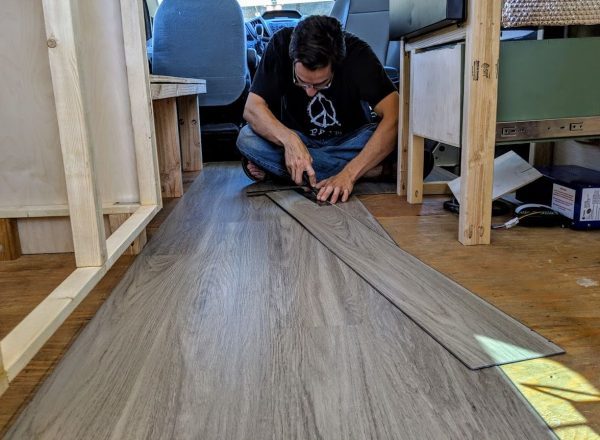
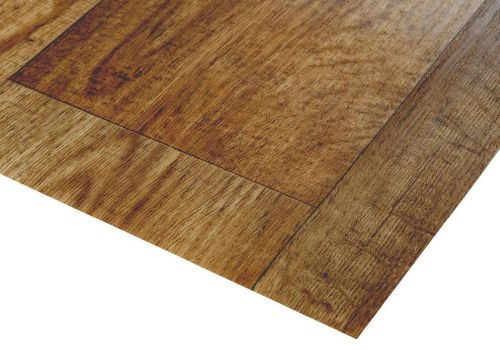
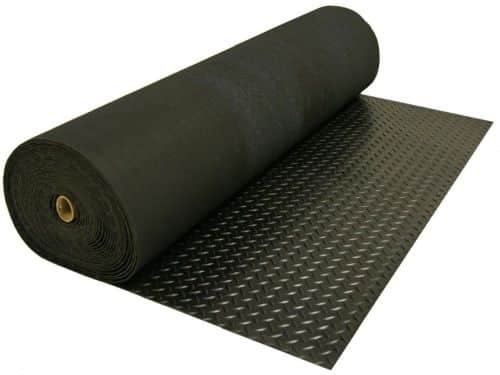
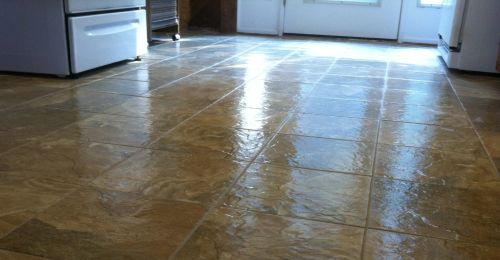
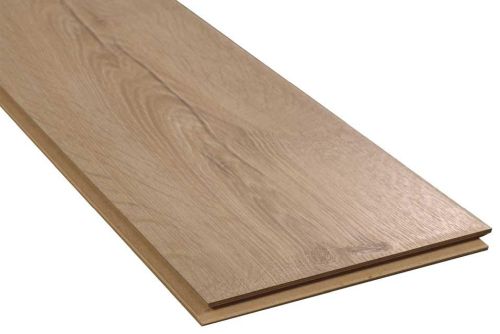
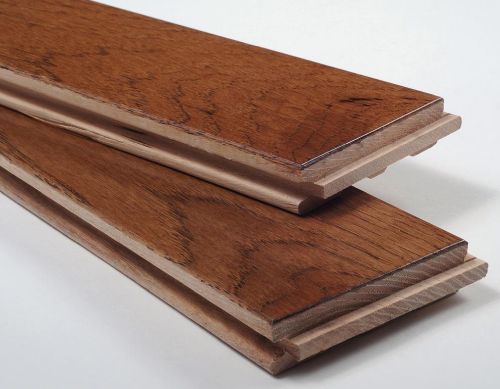
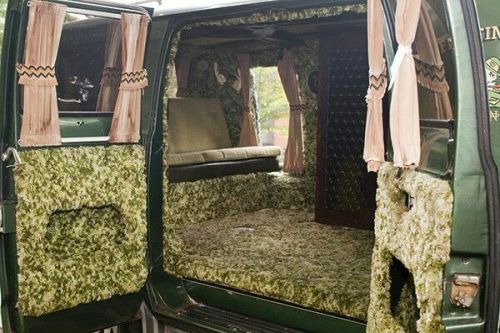
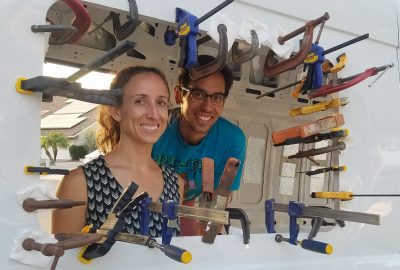
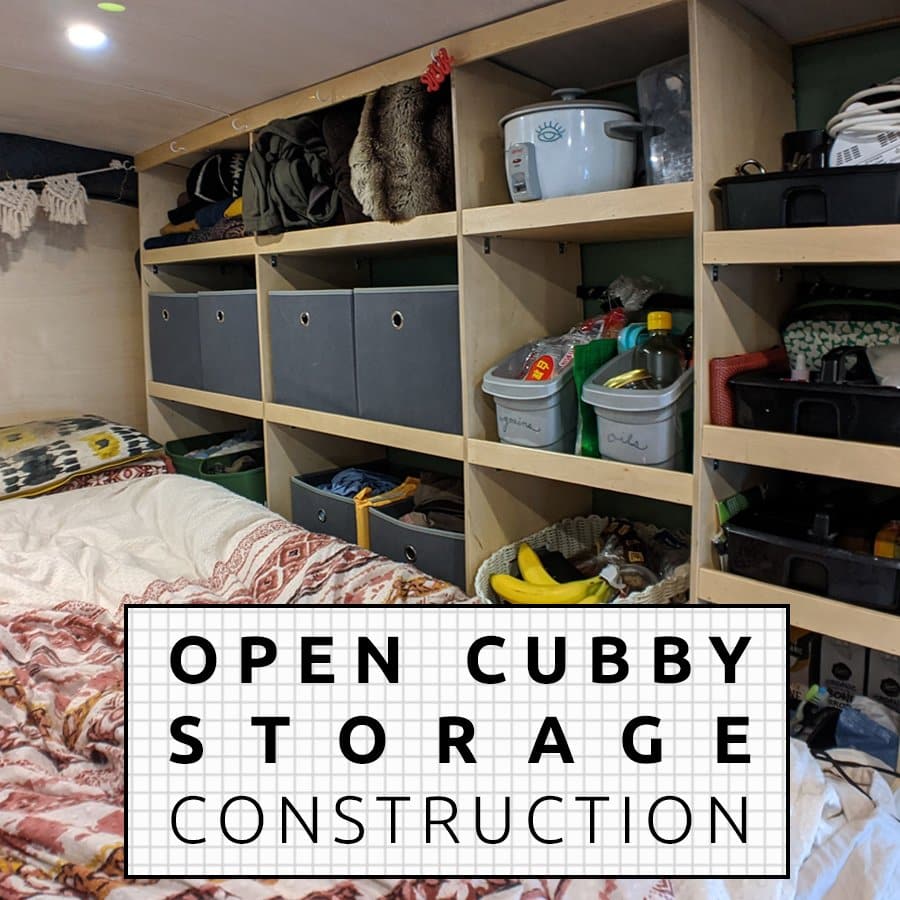
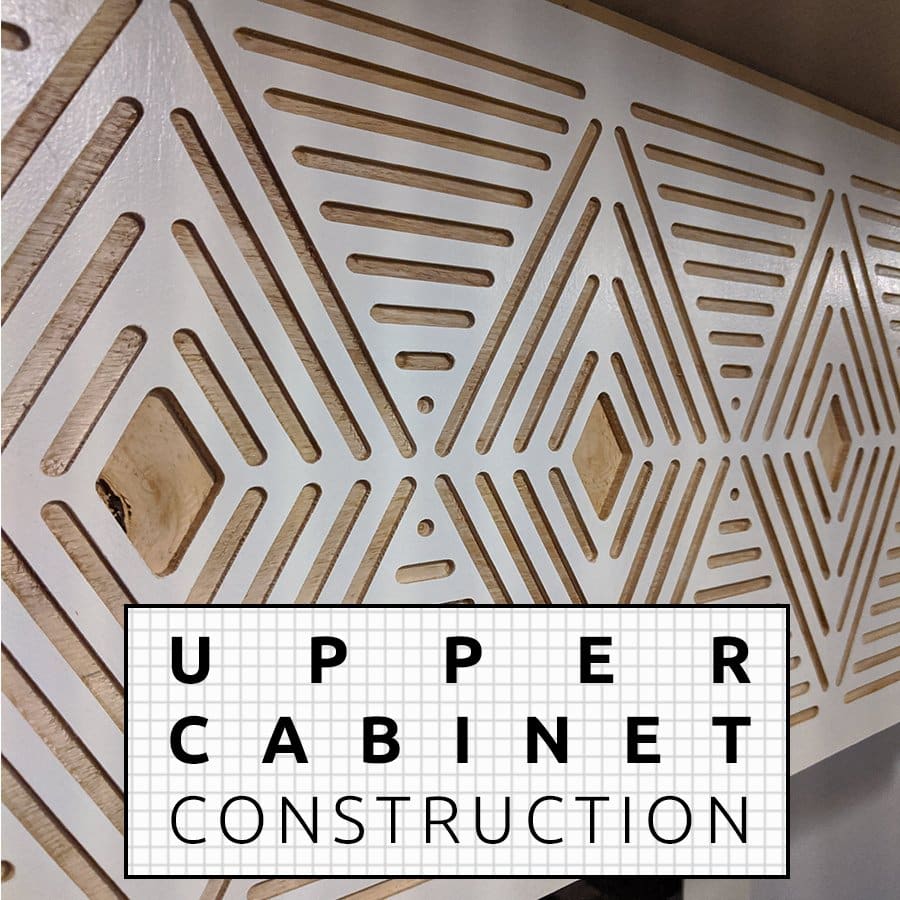
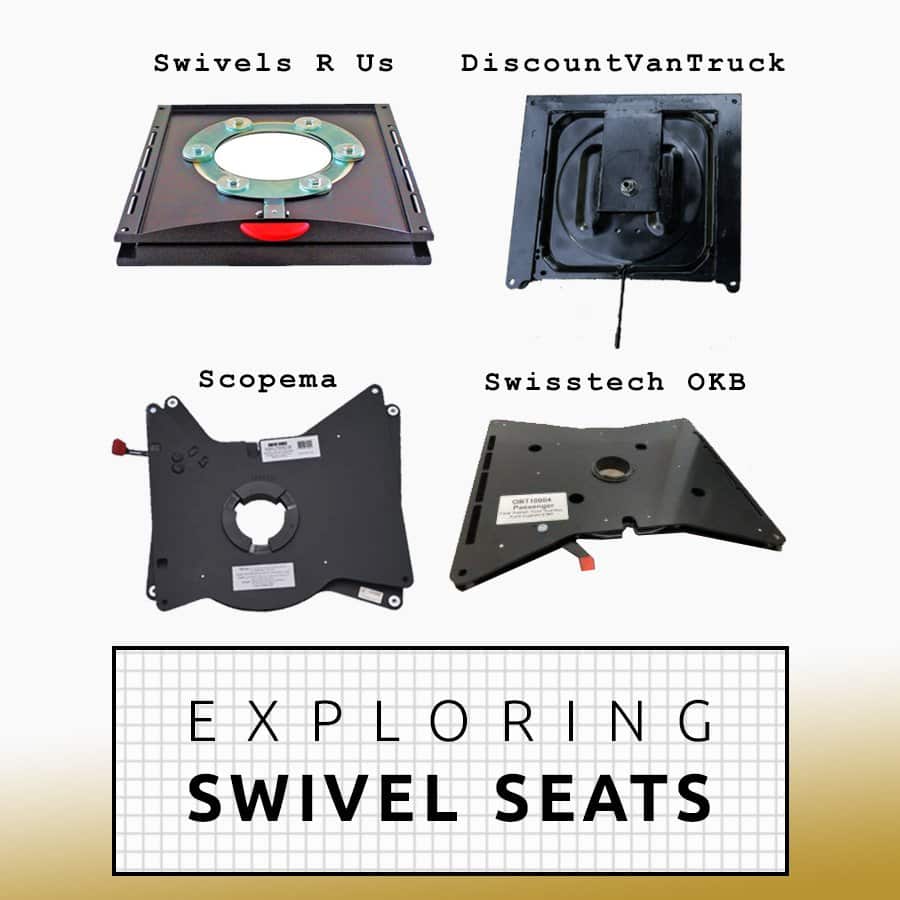
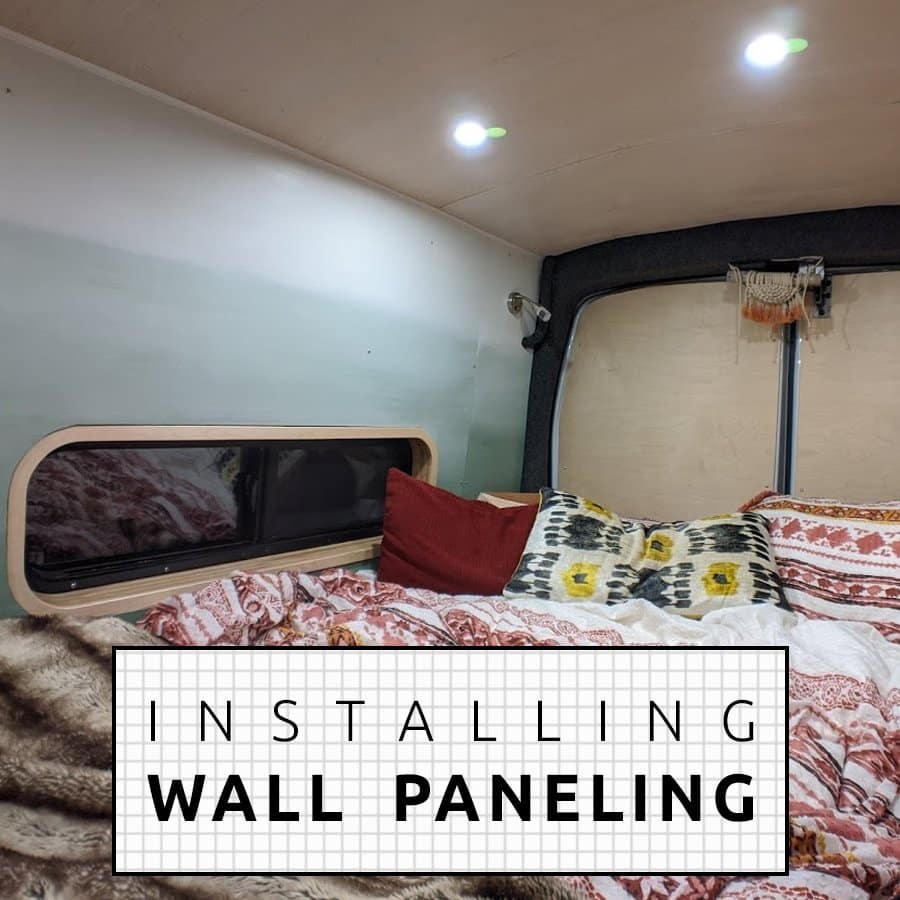
Hey! Great info here. I’m a newbie. Just purchased a mini van. Planing to toss the seats & Install flooring (probably laminate). Any suggestions on how to install laminate over existing carpet? Thanks, in advance.
I’m guess its an automotive style carpet, not shag. If its a floating laminate (as opposed to glue down), you may be able to install it over carpet. The manufacturer probably wouldnt recommend it but you could likely get away with it.
Hi
We are looking for advice on floor cover option that will help us protect our van from our super shedder of a dog. Cosmo comes everywhere with us because she’s the best but she is also the hairiest living creature on earth and it’s starting to bother me. It’s just everywhere
I thought maybe Lino and cut it where the floor tracks are for the moveable seats, and then double sided tape Velcro it down…
But that doesn’t sort out the seat issues and maybe there is actually a better solution for the whole thing
I was looking at the cork footing
What do you think? The guys at BEASLEYS told me to contact you 😎
Thank you for this. I looked up Cork and they have resealed cork now that is lifetime apparently. Will do more research when I get to that point, but thinking this might be the way I go. Would like to put one of those thin radiant heating strips underneath down the middle, but also still investigating that with the materials. Good Post, thank you!